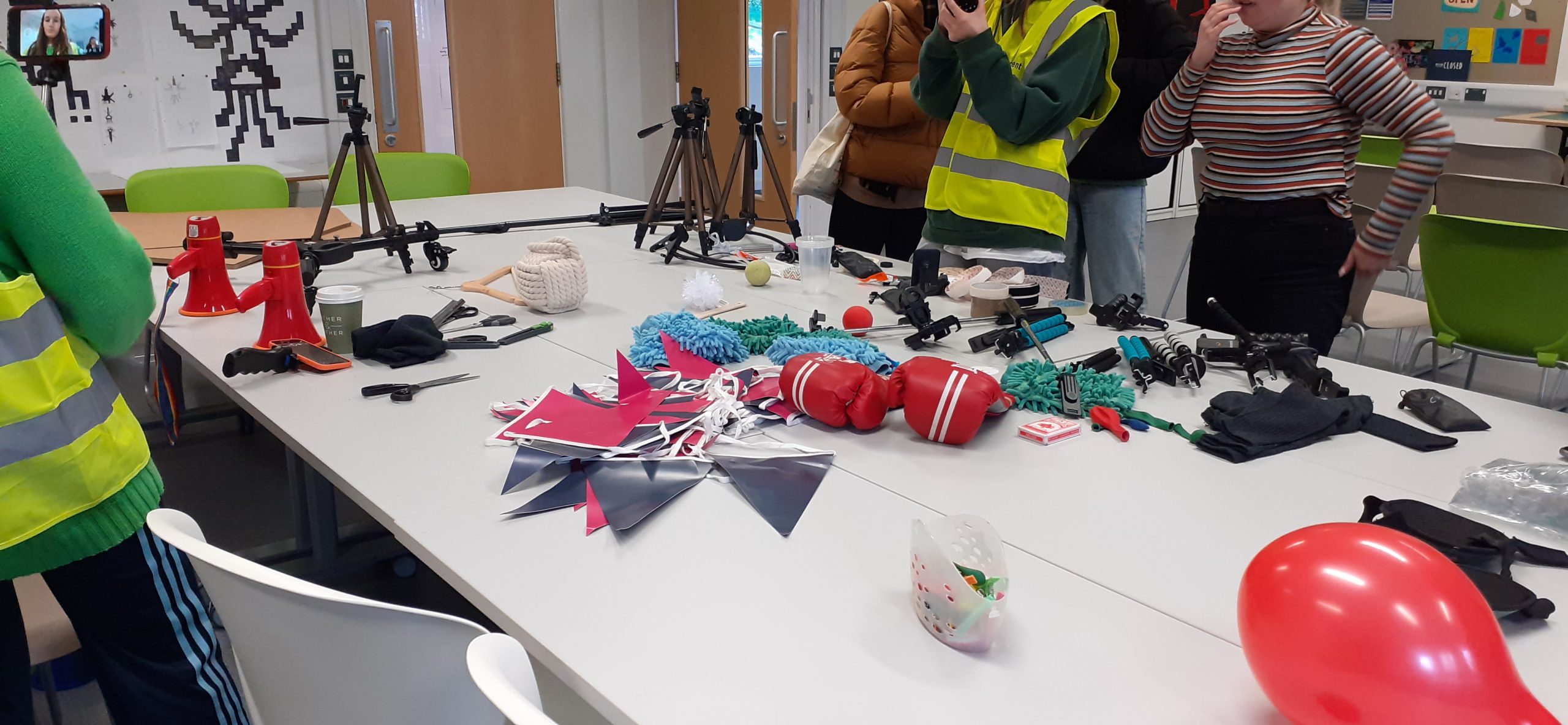Today we were introduced to the concept of performance art. I knew a bit about performance art from the 1960’s, but was under the impression it was a movement that has passed. Kate Mahony showed us otherwise.

Presentation
In the first half of the session, Kate spoke about what performance art is and showed us examples of the many ways it can be approached. In particular, she did focus on artists from the 1960’s and 1970’s, because this is the era she favours.
‘Why performance art?’ Kate’s answer was:
‘Performance art is always in flux. Something is constantly moving and changing. Making work in front of people means that the audience fills in the gaps with their own interpretations. Performance art is not easily bought or sold, it’s more of a tool used by artists.’
We watched ‘An introduction to performance art’ which was a video by the Tate.
I learned that it doesn’t have to involve an audience, because we can use photography and video to capture a performance instead, such as Mona Hatoum who produced a static image to document her performance of walking through the city, dragging the Doc Martins boots.

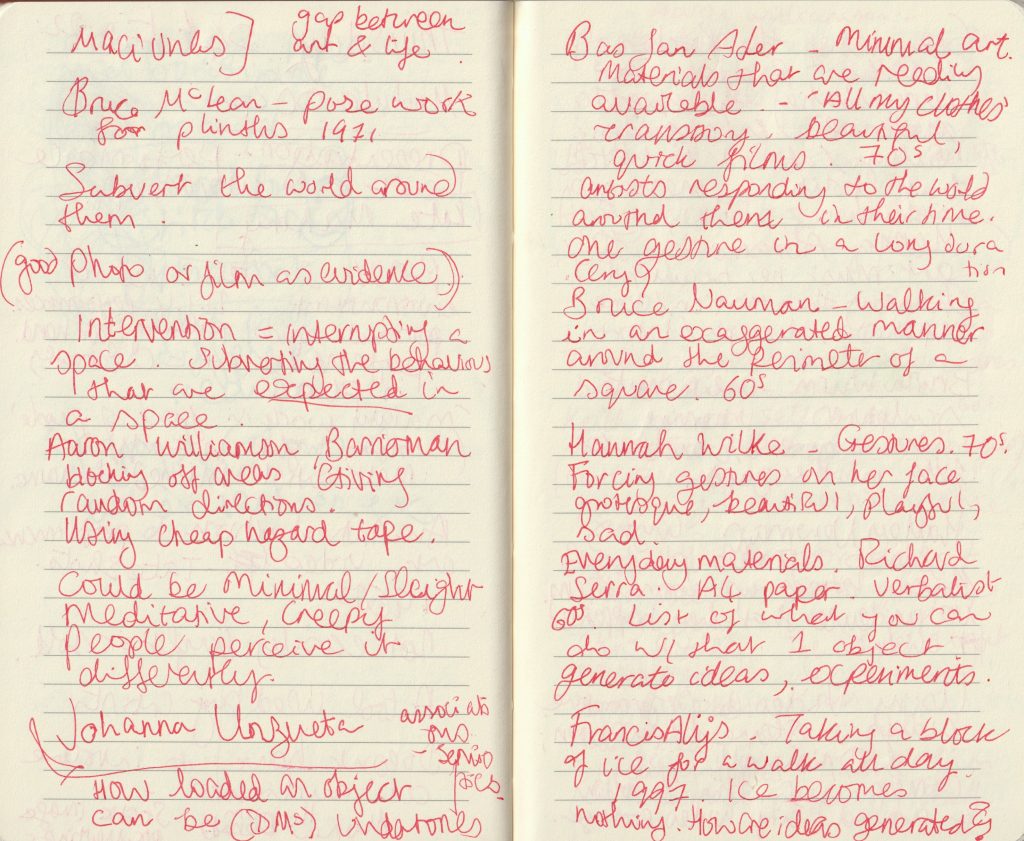
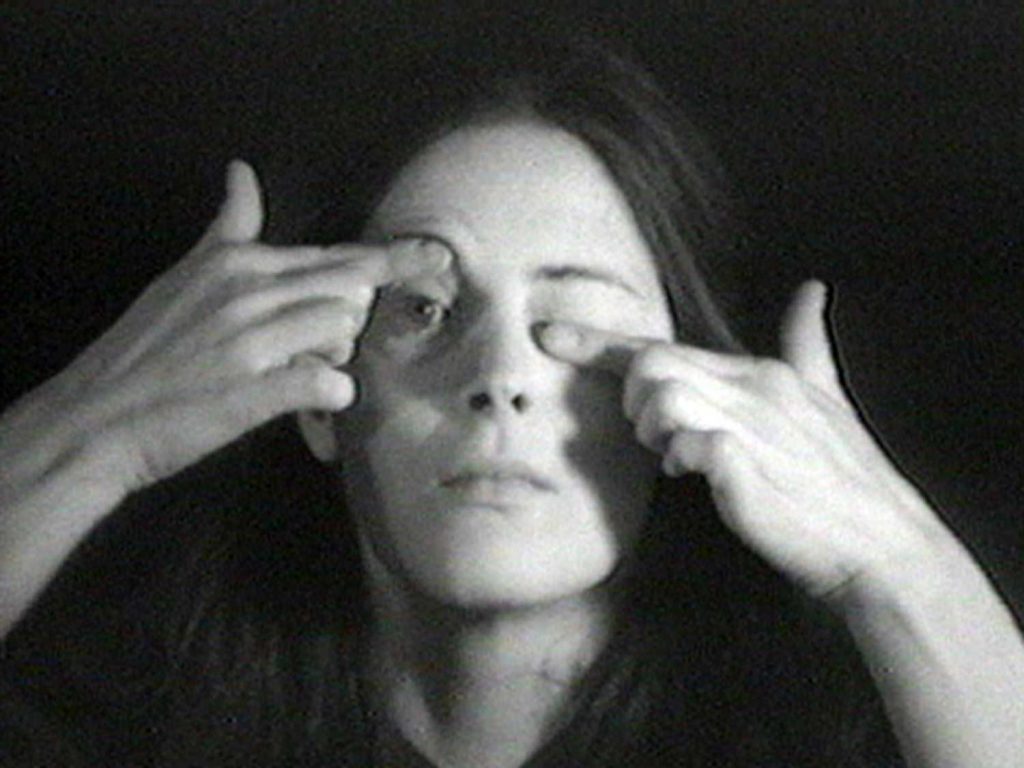



Workshop
We then moved onto the workshop. The focus for the workshop was P.O.V. & site. It was about using our environment to create D.I.Y. performances. This idea was inspired by Pier, (1971) by Dan Graham, Harry Skunk and Janos Kender, in which the artists recorded the same instance but from multiple angles.

When filming with smartphones, it was suggested that we film horizontally, to avoid the black lines at the side of the video.
We were presented with a series of different objects and asked to use them to attach the phone to our bodies. Working in groups, we would be attaching the phone to a different body part, to record multiple perspectives.
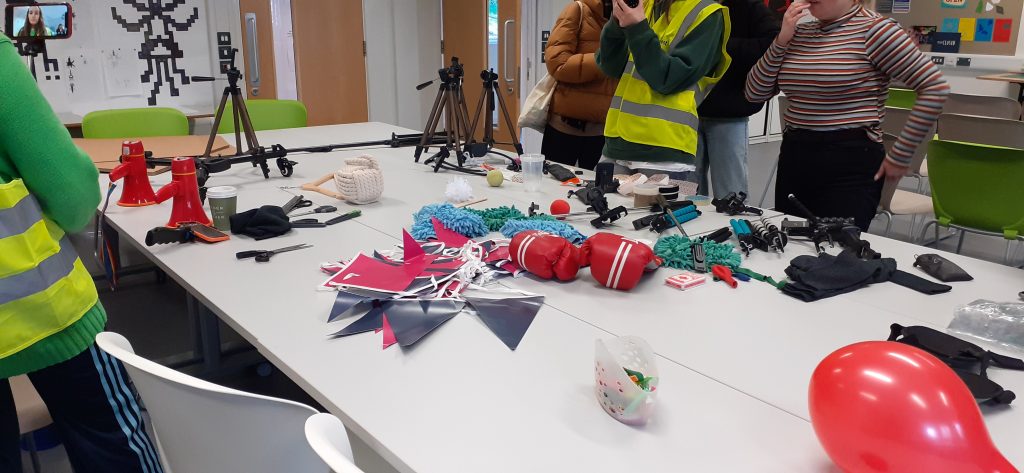
Our group chose arm, foot and chest.
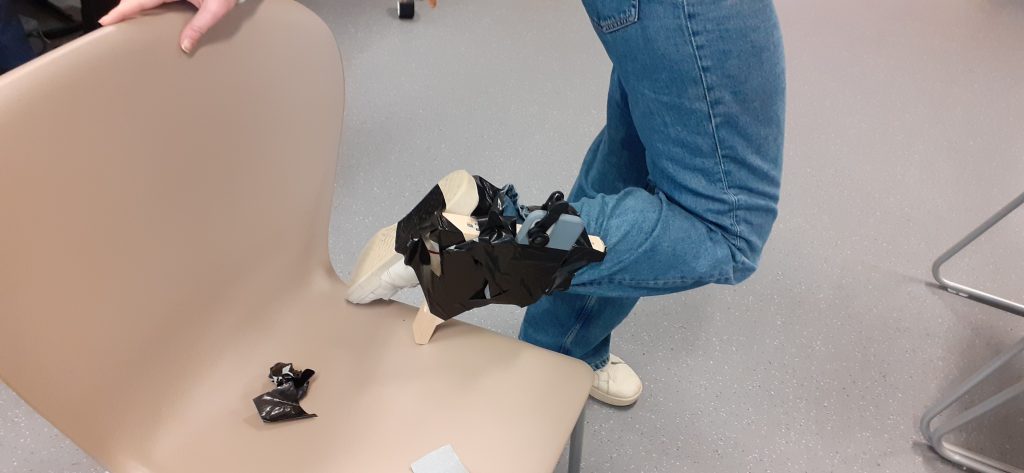
The footage I recorded:
Placing our phones together after the workshop, allowed us to see the different perspectives, together. (above)
Using a mirror in the video, gives the impression of being in 2 places. You can see in the bottom phone above, my classmate placed a mirror in front of the camera to reflect elements of the world around her. Including the sky, ceiling, trees and architectural features.
I felt that my footage looked dreamlike due to the distortion of the clear plastic and the motion of walking. This fits with the position of the phone on my heart.
The movement in the videos are all organic, they come from the body.
What did I gain from this workshop?
Inspiration!
When presenting information to an audience, I normally think of what I will say. But more information can be given the viewer using different modes of communication.
Video can be subtle or loud. Audio can create atmosphere and help to emphasise the subject. The technology available to us today makes this even easier. The artists on the 1960’s had heavy equipment to carry with them. We have little excuse.
I thought ‘performance’, meant being loud and exaggerated. This just isn’t the case.
